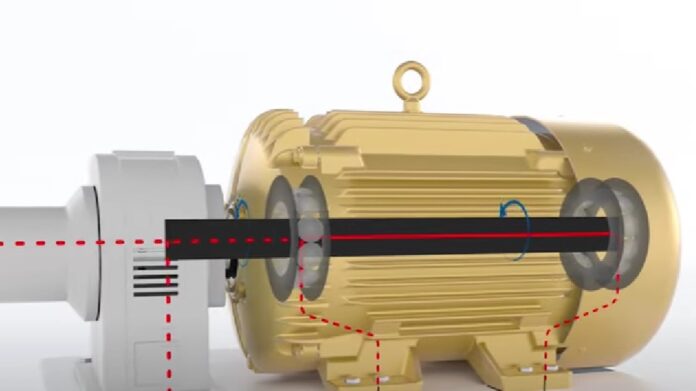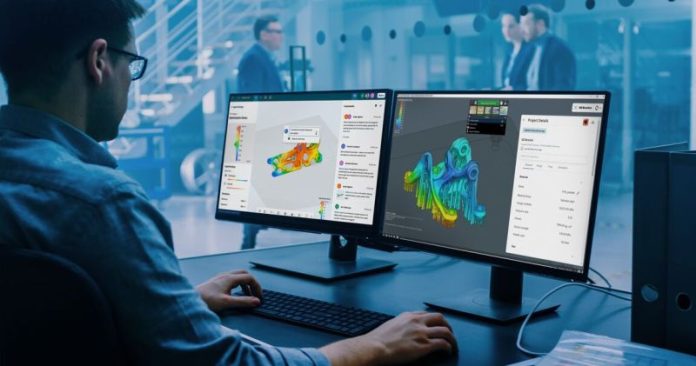The researchers of the Fraunhofer Institute for Manufacturing Engineering and Automation, IPA, are working side by side with industrial partners to pursue various concepts for the repair, overhaul, and reuse of electric motors, as well as new projects for the circular economy. It is the Reassert project and, more in detail, researchers are collaborating with Schaeffler, the leader company of the consortium, Karlsruhe Institute of Technology, Bright Testing GmbH, iFAKT GmbH, and Riebesam GmbH & Co. KG to develop innovative methods for the overhauling of electric motors and their reuse in vehicles.
“The innovative strategies of value maintenance offer a significant potential for the reduction of emissions in terms of sustainability. We want to create a closed-circuit system where precious resources are reused to eliminate the dependence on the imports of raw materials and to minimize the mining of raw materials “, affirmed Julian Große Erdmann, a scientist at Fraunhofer Institute.
The scientist added: “With these strategies, fewer raw materials, such as rare earth, copper, and others, are necessary, perhaps just for spare parts. Project partners define the reuse as the reuse of the whole motor for which all components are dismounted, cleaned, reconditioned, and reassembled. For the recycling of raw materials, we provide for the motor dismounting and for selecting single materials before grinding. Project partners use reference motors in the sector of cars to analyze and select what strategies of value maintenance should be used in a determinate application.
The knowledge collected in the project will be used for the design of new electric motors. The target is developing a motor prototype for the circular economy that can be easily dismounted and on which the four mentioned strategies of value conservation can be applied effortlessly.










